There are no big secrets to carving a functional, strong, perfectly toned athletic physique. Eating healthily and working out consistently are what you need to look like an athlete.
With the help of our expert team, I've researched, analyzed, and summarized the essential exercising and dieting principles you need to stick to for an athletic build.
Quick Summary
8 Training Principles to Reduce Fat and Build an Athletic Body

1. Combine Strength Training With HIIT
In my fighting career, blending strength training with HIIT has been a game-changer. Quick circuits of bodyweight exercises and weightlifting not only build lean muscle but also ramp up metabolism—a tactic I've relied on to stay in peak condition.
Aim for at least two strength sessions and three to four intense cardio or HIIT workouts weekly, as stated in the article by the Centers for Disease Control and Prevention [1].
Include compound exercises like deadlifts, kettlebell swings, bench presses, and squats to tone both your upper and lower body. Pair these with activities like swimming, sled pushes, running, treadmill interval sprints, or team sports for a balanced routine.
2. Increase the Number and Speed of Reps and Decrease the Load
Switching between heavy lifting and rapid, lighter reps has been crucial to my training. It builds leaner muscle—something I've tested in my own regimen—and keeps my body agile for the demands of the ring.
“Lighter weight and higher reps during weight training will burn fat and build leaner muscle.”
- Lucas Catenacci, C.P.T.
This method activates more muscle fibers, reduces stress on the central nervous system, and prevents overtraining and injuries, ensuring steady workout progress.
3. Apply Progressive Overload
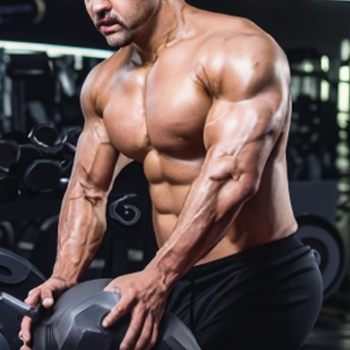
To boost strength and muscle growth, gradually increase your workout intensity.
For example, if you do 100 pull-ups in five minutes, aim for the same number in less time in your next session.
This approach is particularly effective for beginners. Tracking your workouts in a journal helps monitor your improvement and adjust your routine accordingly.
4. Mix Effective Total-Body Exercises
From my experience, full-body exercises and plyometrics are non-negotiable for any athlete. Exercises like these have been integral to my own journey to a top-tier athletic build:
- bench presses
- deadlifts
- power cleans
- box jumps
- clapping push-ups
These exercises, including push-ups, pull-ups, and lunges, work multiple muscle groups at once, saving time and leading to a functional, athletic body.
Related: How to Achieve Athletic Legs?
5. Recover Properly

Effective recovery is key to building strength and muscle.
Ensure ample, consistent sleep and consume a balanced diet at regular times. Avoid stress and unhealthy foods like processed snacks, alcohol, and tobacco to maintain peak performance.
6. Make a Commitment
As a professional fighter, I've learned that commitment and focus are your greatest allies. Staying disciplined, no matter the weather or mood, has been key to achieving my fitness goals.
Stick to your routine, eat balanced meals, and remember: results need time, effort, and patience.
7. Leverage Technology
Embrace fitness apps and trackers in our tech-savvy world. They're not just fancy gadgets; they offer custom tips, track your journey, and tweak your training, keeping you on the straight and narrow towards an athletic physique.
8. Injury Prevention and Management
Mix in exercises aimed at preventing injuries, like dynamic stretching and strengthening. Know how to handle the small bumps and when to seek expert advice to avoid turning them into roadblocks.
5 Diet Principles to Get an Athletic Body

1. Maintain Proper Caloric Intake
In my career, I've found that striking a balance in caloric intake, rather than cutting drastically, fuels both my training and recovery more effectively. It's a strategy I've embraced to stay in fighting shape.
Opt for high-quality, fresh, minimally processed foods packed with protein, fiber, healthy fats, and carbs (aim for 2-4 grams per pound of body weight daily).
This approach helps reshape your body without losing muscle.
2. Eat Enough Fiber and Protein to Build Muscle

Protein is key for building and maintaining muscle and burning fat. Aim for 10–35% of your daily calories from protein-rich foods like fish, lean meats, dairy, nuts, and beans.
Include protein snacks like shakes or bars, especially post-workout, to maximize muscle repair.
Don’t forget about dietary fiber (28–34 grams/day for men, 22–28 grams/day for women) from sources like oats, grains, fruits, and vegetables to aid digestion and regulate blood sugar.
Follow a well-balanced diet with a sufficient caloric intake of protein, fiber, healthy fats, and carbs. You might want to check out our list of budget-friendly protein powders.
Also, ensure you stay hydrated and recover properly.
3. Don’t Eliminate Carbs and Fats Entirely
Through trial and error, I've learned that carbs and fats are not the enemy. A balanced intake of low-glycemic carbs and healthy fats keeps my energy levels stable, something essential in the demanding world of MMA.
Include healthy unsaturated fats (20–35% of daily intake) from sources like fish and olive oil for vitamin absorption, hormone balance, and craving control.
4. Customized Nutrition Plans Based on Individual Needs
Personalizing my diet to meet my unique needs has been a cornerstone of my success. I recommend consulting with nutrition experts or using reliable online tools to craft a diet plan that aligns with your fitness objectives.
5. Stay Hydrated
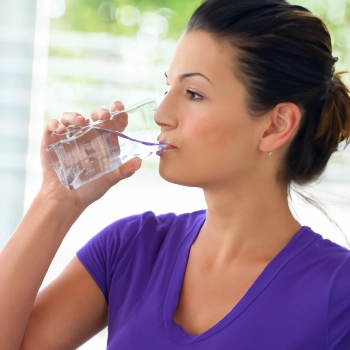
Water is essential for joint lubrication, tissue protection, and toxin elimination. Men should aim for about 3 liters per day, women for 2.2 liters, as per the Mayo Clinic [2].
Remember to up your intake by 400–600 milliliters around workouts, depending on your exercise intensity and duration.
References:
- https://www.cdc.gov/physicalactivity/basics/adults/index.htm
- https://www.mayoclinic.org/healthy-lifestyle/nutrition-and-healthy-eating/in-depth/water/art-20044256
About The Author
You May Also Like
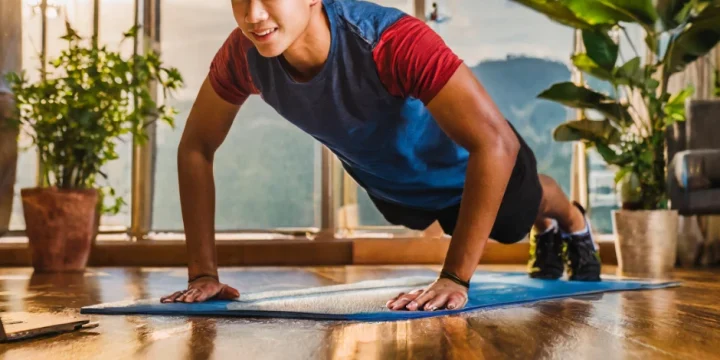
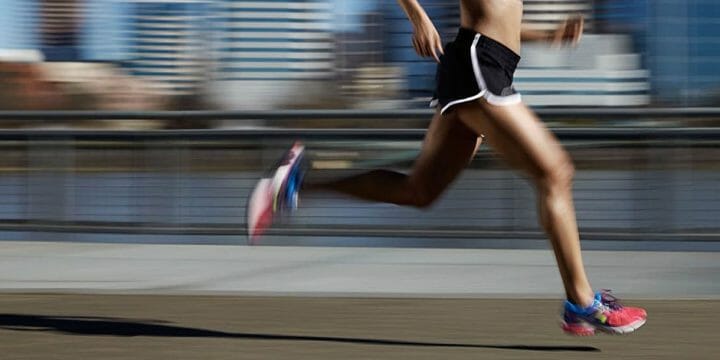
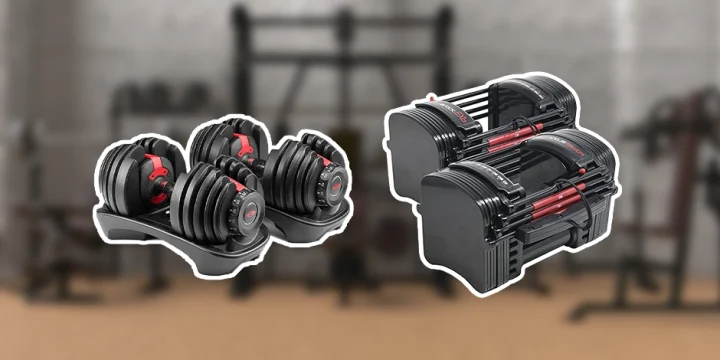
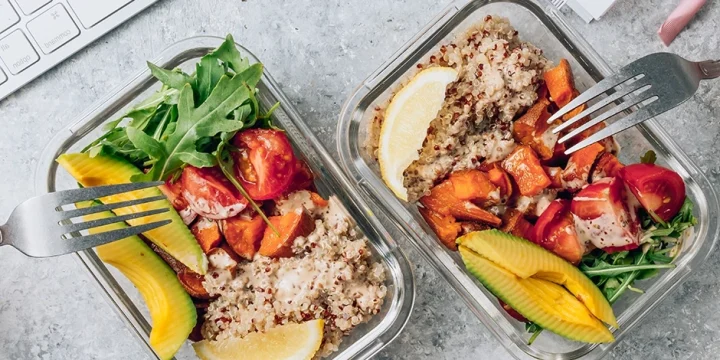
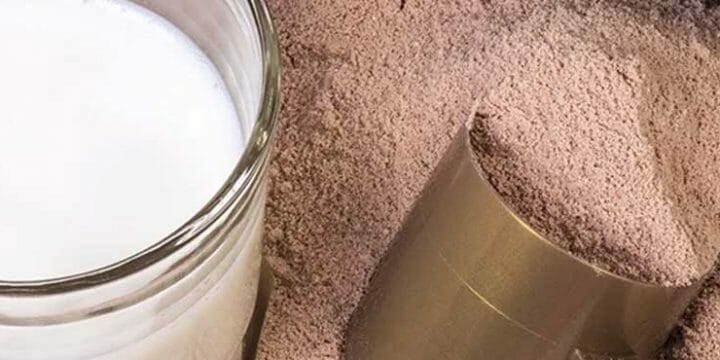
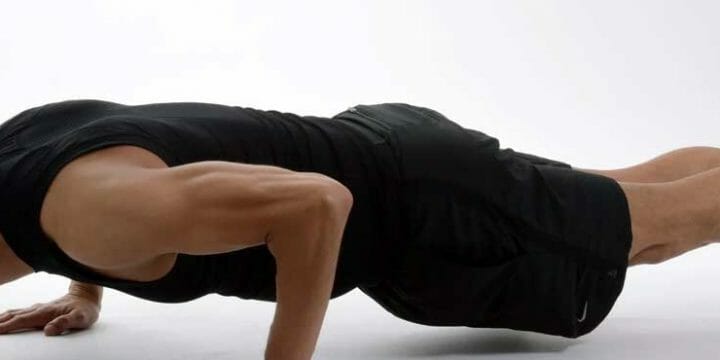

I used to avoid carbs, thinking they were the enemy. After reading this article, I’ve started incorporating them in moderation, and I’ve never felt better. My energy levels are so much more stable now.